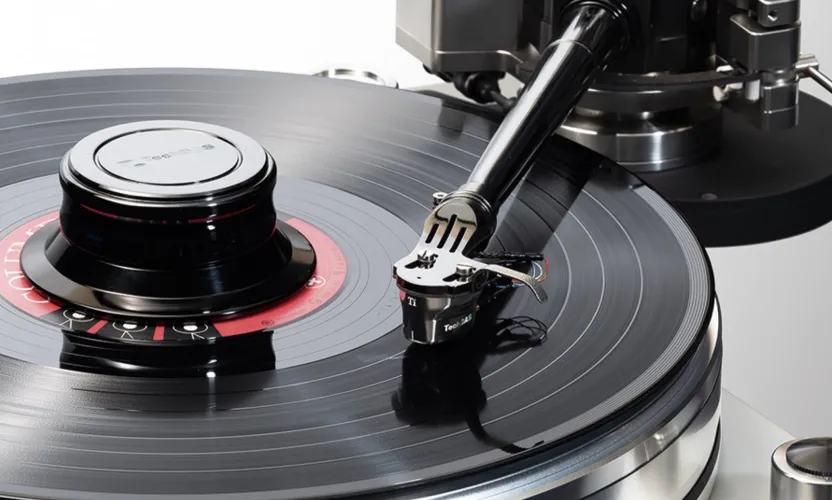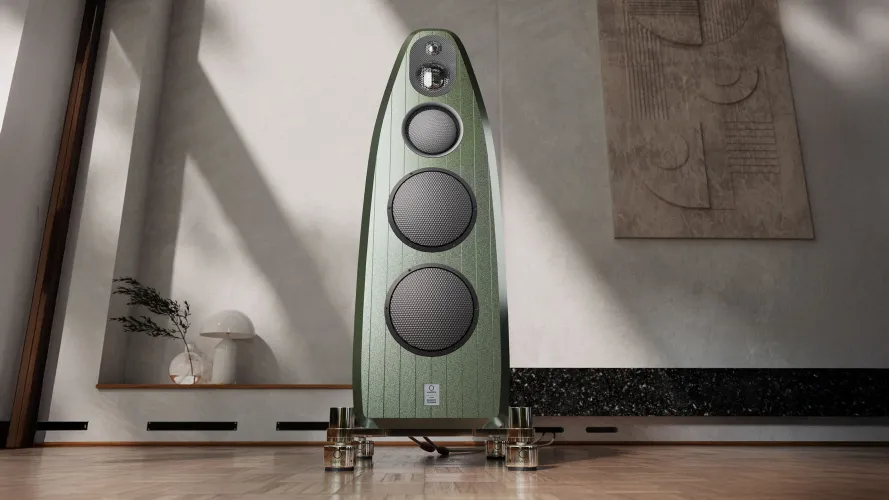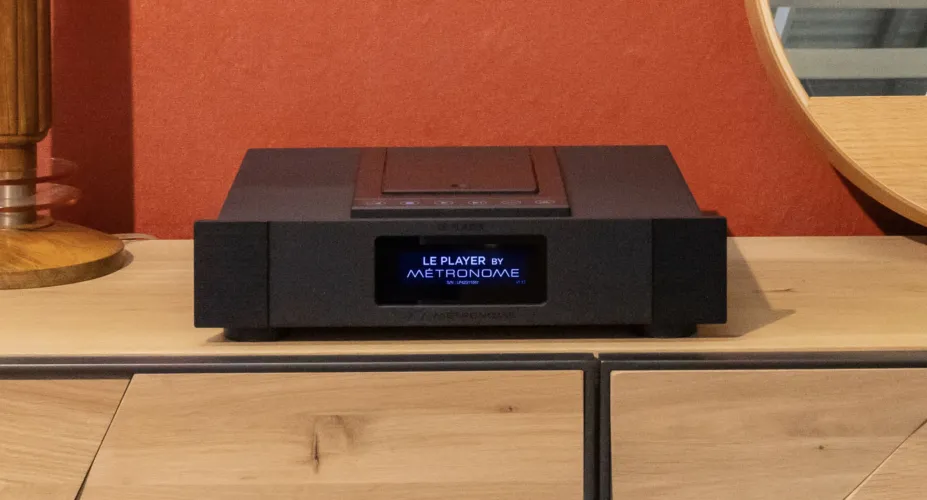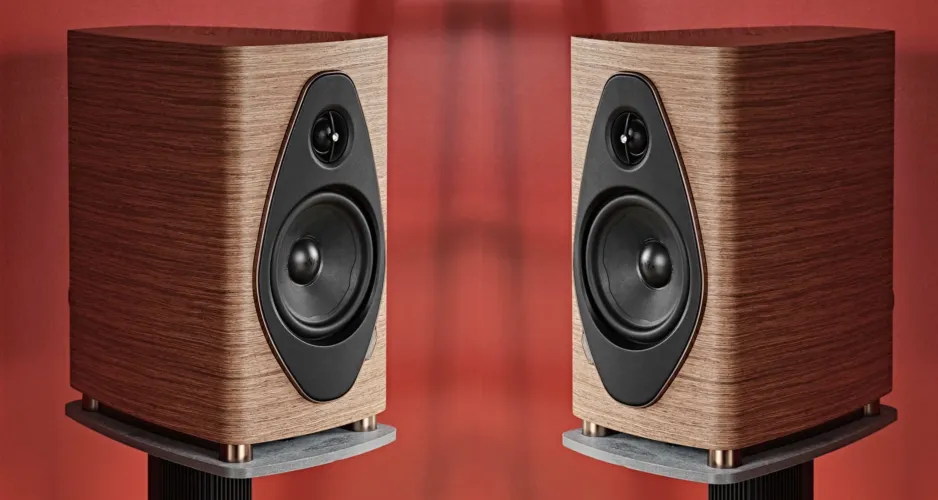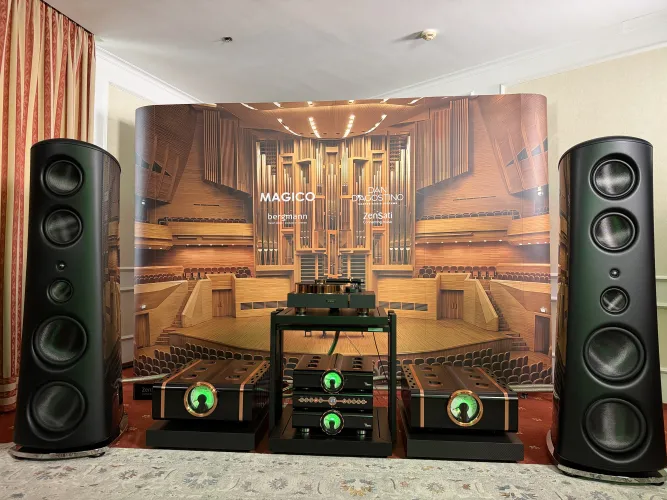
Review: Audio Research I/50 tube-based integrated amplifier
Classic push-pull scheme works overwhelmingly well
11.12.2024 10:00 | ~3 minutes read
The Audio Research I/50 integrated amplifier is the brand's least expensive, and the only integrated amplifier the company produces today. Weighing 18.1 kg, the construction is exceptionally high quality, and the time-tested push-pull tube circuitry is presented here.
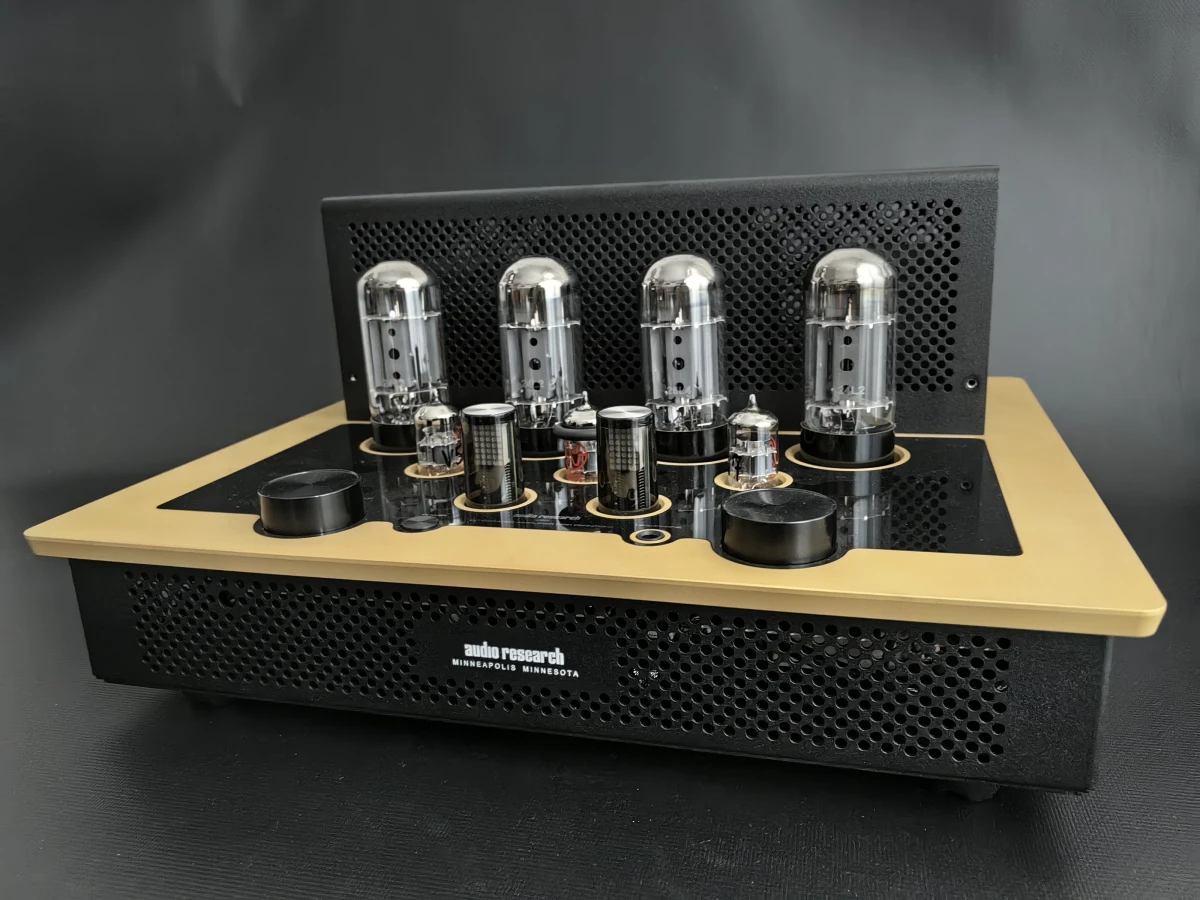
Design
The main weight of the Audio Research I/50 falls on the massive power and output transformers, covered, like the tubes, with a perforated protective casing. A push-pull circuit is used, with 6550 tubes installed at the output - one pair per channel. The functions of the input tubes and the driver tube are assigned to dual triodes 6922. In the standard configuration, the tubes are made by the Slovak company JJ Electronic and specially selected at the Audio Research factory. The buyer can choose several shades of the top panel of the case - thus, the amplifier can quite dilute and complement a fashionable interior, and not look like a black shoe box.
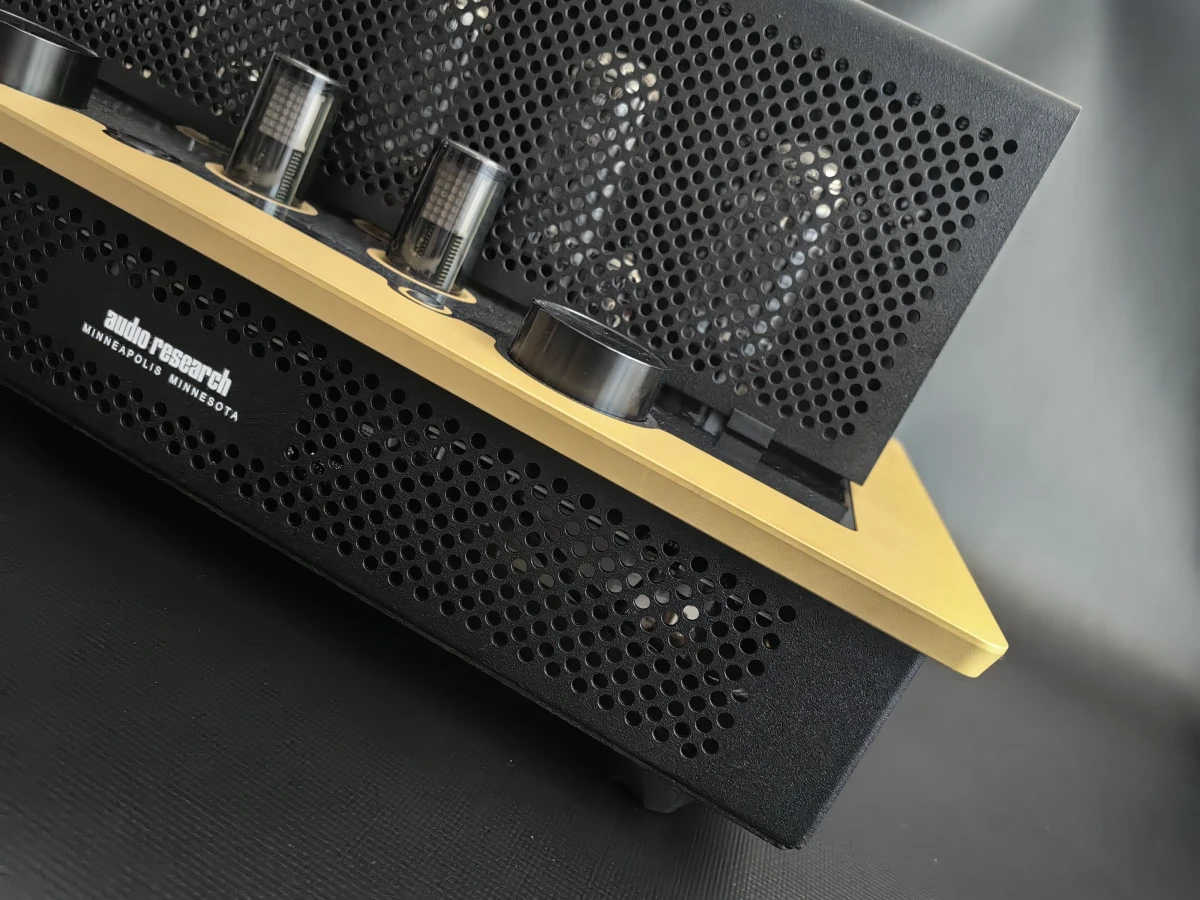
Technology
The Audio Research I/50 output power is 50 watts per channel, both at 8- and 4-ohms load. The use of a massive power supply and a push-pull circuit should theoretically provide armor-piercing characteristics of loudspeaker control. However, the input sensitivity is declared at 1.25 V for full power, which slightly limits the maneuver when choosing phono preamplifiers and similar analog sources - you will have to choose a more powerful device. The manufacturer offers the upgrade of optional DAC board or the MM phono preamplifier, so the amplifier can be turned into a genuine "Swiss knife" for sound. An aluminum remote control is also included.
Switching options include one XLR input and three RCA, one of which can be switched to Pass mode - for through connection to the power amplifier bypassing the preamplifier section. The input impedance is 48 kOhm for unbalanced and 100 kOhm for balanced inputs. The top panel also has a 6.35 mm jack for connecting headphones.
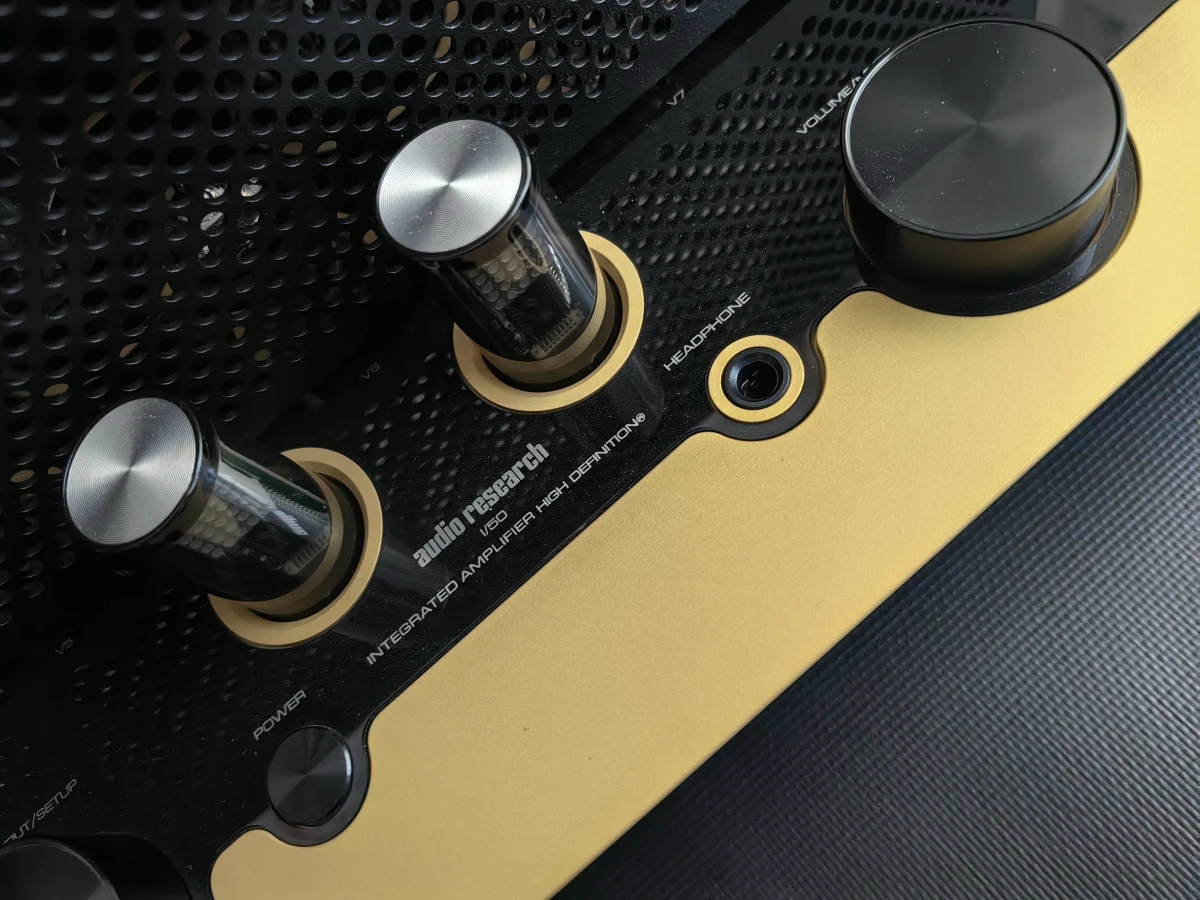
Test system
The device is very sensitive to warming up and full conclusions about its sound quality should be made no earlier than after 80 hours of operation. During testing, a system with a CH Precision C1.2 DAC and Wilson Audio Sabrina acoustic was used. After turning on the power, the device pauses for 50 seconds to warm up the lamps and then, for safety, activates the "Mute" mode, which can be removed via the remote control.
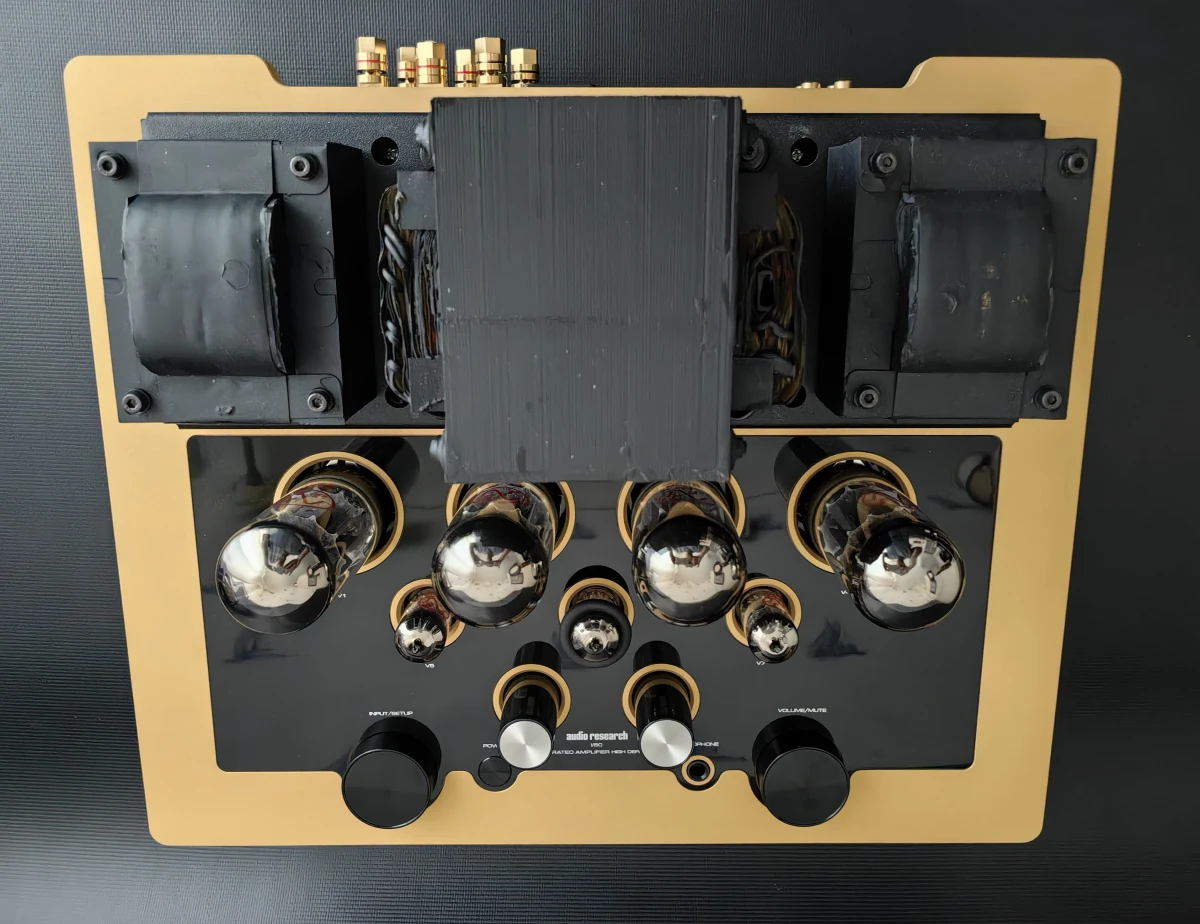
Listening

We immediately gave the device a difficult task with Dvorak: Symphony No. 9 - From the New World - here the precise construction of the scene caught our attention. Detailed high frequencies with a good attack always remained comfortable, there was no harshness or fatigue from long listening at all. At the same time, the "tube" midrange provided a warm and full-bodied sound

Similar impressions were left by Maria Joao Pires's Chopin - The Nocturnes on Deutsche Grammophon - here the construction of a three-dimensional virtual scene and the comfort of listening were even more obvious.

Finally, Infected Mushroom - Vicious Delicious showed a surprisingly dynamic and sharp attack - but on the lowest notes, slight limitations were noticeable, the texture was a little lacking.
Conclusion
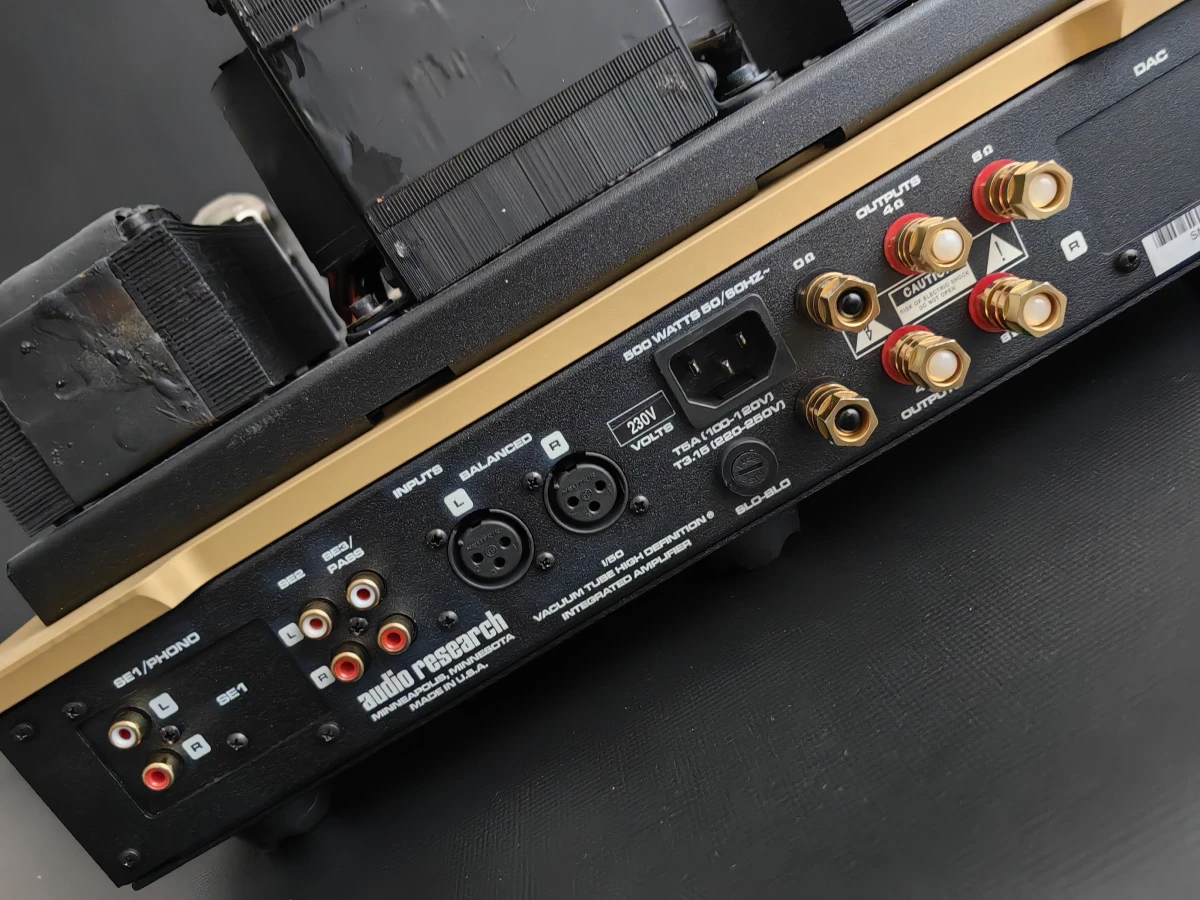
The transparent and dynamic sound of the Audio Research I/50 clearly demonstrates that even in the entry-level segment of tube technology, genuine engineering breakthroughs are possible.
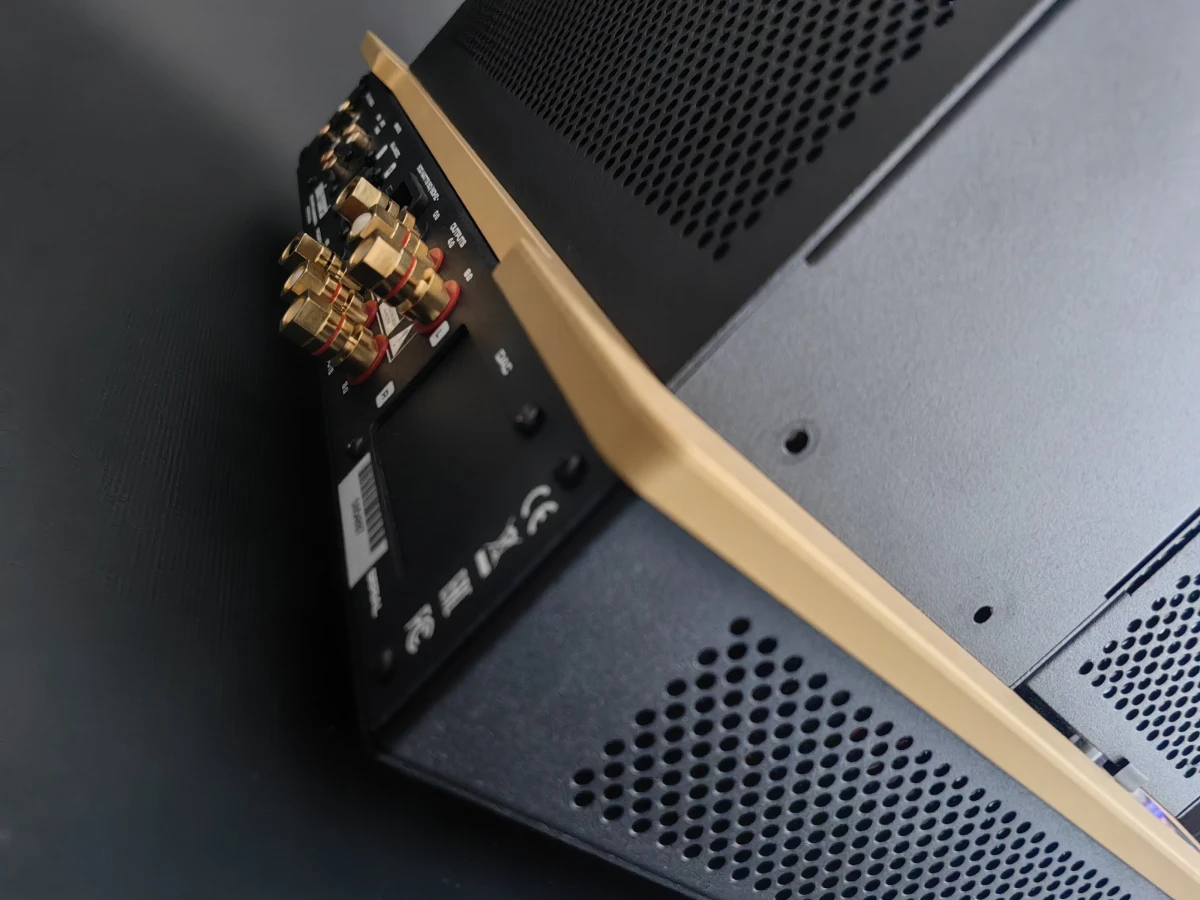
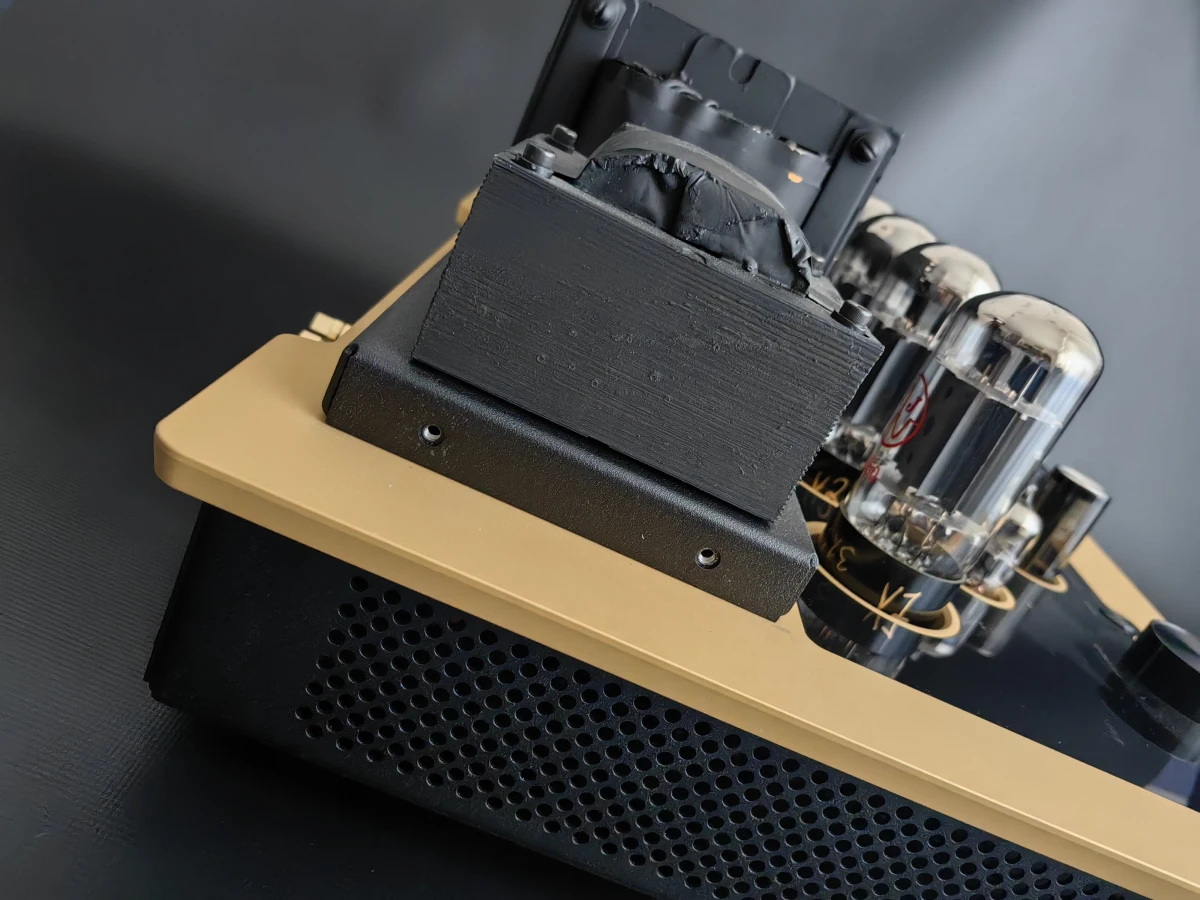
Evaluations
Stage
95%
Detailing
93%
Macrodynamics
92%
Microdynamics
91%
Bass extension
90%
Timbral authenticity
94%
Genre versatility
90%
Overall
92%
Specifications
This product is in the Hi-Fi and High End Electronics and Acoustics database
Integrated amplifiers — Audio Research I/50
Model name
I/50
Type
push-pull tube integrated amplifier
Analog inputs (balanced)
N/A
Analog inputs (single-ended)
N/A
Input sensitivity (mV)
N/A
Input impedance (balanced) (Ω)
100
Input impedance (single-ended) (Ω)
N/A
Output impedance (balanced) (Ω)
N/A
Output impedance (single-ended) (Ω)
N/A
D/A conversion
N/A
Phono MM/MC current-sensing input impedance (Ω)
N/A
Output power (8Ω) (W)
2 х 50
Output power (4Ω) (W)
2 х 50
Gain (dBu)
N/A
Frequency response low +/- 3dB (Hz)
7
Frequency response high +/- 3dB (Hz)
30000
Signal to Noise Ratio (dB)
N/A
Total Harmonic Distortion + Noise (%)
1
Damping factor
N/A
Dimensions (mm)
430 x 180 x 340
Weight (kg)
18.1
Official link
Particular qualities
Classic push-pull tube-based scheme
Optional on-board DAC and MM-phonostage
6.35 mm jack for connecting headphones
Input impedance is 48 kOhm for unbalanced and 100 kOhm for balanced inputs


